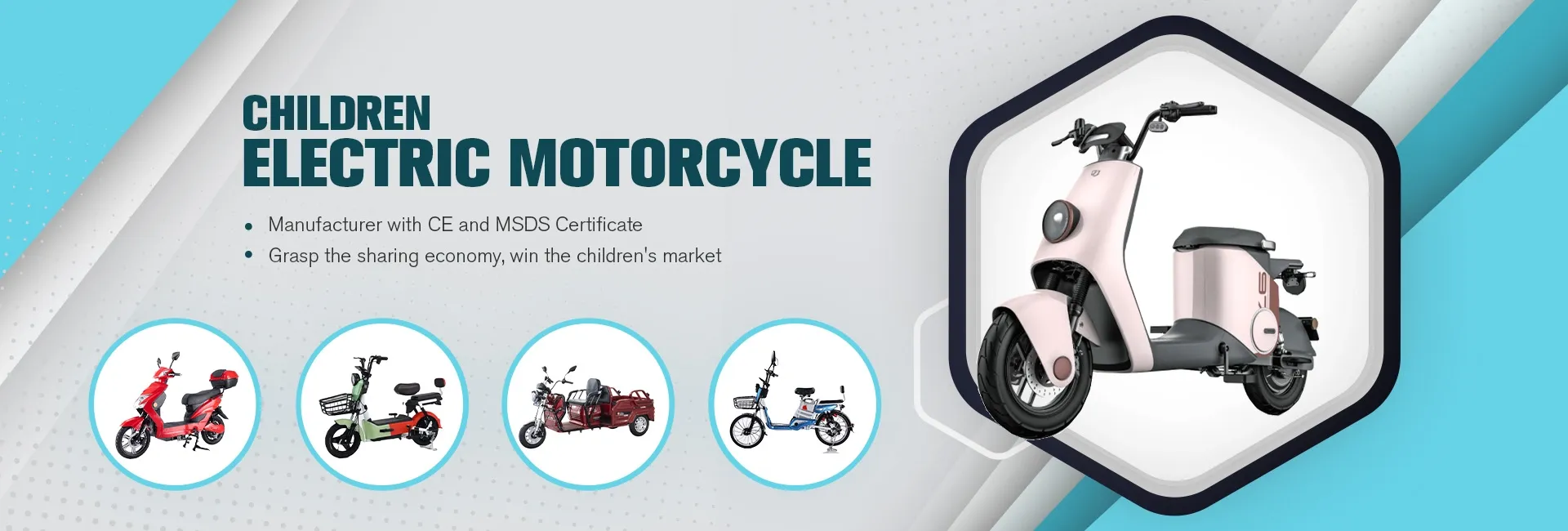9 月 . 14, 2024 23:40 Back to list
how to fix a derailleur on a mountain bike
How to Fix a Derailleur on a Mountain Bike
Mountain biking offers exhilarating trails and challenging terrains, but a malfunctioning derailleur can turn a ride into a frustrating experience. The derailleur is crucial for shifting gears smoothly, and understanding how to troubleshoot and fix it can enhance your biking experience. Here’s a guide to help you get your derailleur back in top shape.
Tools You’ll Need Before getting started, gather a few essential tools - Phillips and flathead screwdrivers - A 5mm Allen wrench - Chain lubricant - A clean rag - Pliers (if needed)
Step 1 Inspect the Derailleur Start by visually inspecting the derailleur. Check for any signs of damage, like bent hangers or broken components. Ensure the cable is intact and properly secured at both ends. If the cable is frayed or worn, you will need to replace it.
Step 2 Adjust the Cable Tension If the shifts are sluggish, the cable tension may need adjusting. Locate the barrel adjuster, typically found where the cable enters the derailleur or at the shifter. Turning it counterclockwise increases cable tension, potentially improving shifting performance. Test the shifts after each adjustment.
how to fix a derailleur on a mountain bike

Step 3 Check the Limit Screws Each derailleur has two limit screws one for the high gear (smallest cog) and one for the low gear (largest cog). Use a screwdriver to adjust these screws, ensuring the derailleur doesn’t move beyond the smallest or largest cog. This prevents the chain from jumping off the gears. If the chain isn’t shifting to the appropriate gear, turning the limit screws can help you make precise adjustments.
Step 4 Align the Derailleur Ensure the derailleur is aligned properly with the cogset. If the derailleur hanger is bent, it will need straightening. You can often do this by hand, but if it’s severely bent, consider using a derailleur alignment tool or visiting your local bike shop for assistance.
Step 5 Clean and Lubricate A clean derailleur operates more efficiently. Use a clean rag to wipe down any dirt or grime, and apply lubricant to moving parts to ensure smooth operation. Avoid over-lubricating, as this can attract more dirt.
Conclusion Fixing a derailleur on your mountain bike can seem daunting, but with the right tools and a little patience, you can address most issues without a trip to the bike shop. Regular maintenance and minor adjustments can enhance your bike's performance and ensure that every ride is enjoyable. So, gear up, and hit those trails with confidence!
-
The Main Application Scenarios of Mountain Bike
NewsOct.29,2024
-
Suggestions for Selecting and Maintaining Mountain Bike
NewsOct.29,2024
-
Characteristics of Kids Balance Bike
NewsOct.29,2024
-
Characteristics of Baby Stroller
NewsOct.29,2024
-
Characteristics and Advantages of Mountain Bike
NewsOct.29,2024
-
Baby Stroller Purchasing Suggestions
NewsOct.29,2024
-
Suggestions for Purchasing Kids Balance Bike
NewsOct.09,2024

